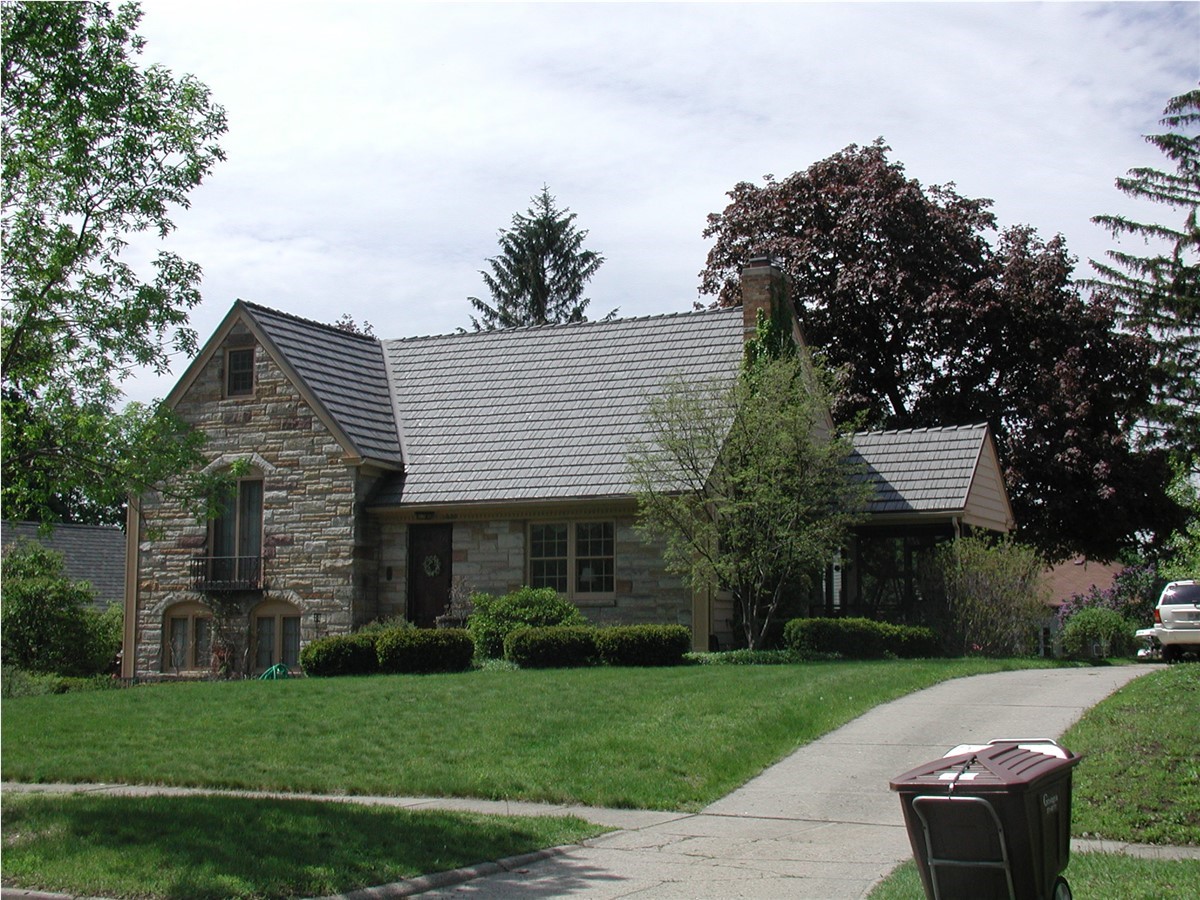If you live in a wintry climate then you know that a heavy snowfall in a time of persistent cold temperatures can ultimately result in a roof leak, even if you have a strong and well maintained roof. Sometimes even the best of roofs can get a leak from heavy amounts of snow up on the roof for an extended amount of time.
 The main problem is when snow melts from the roof when the temperature is below 32 degrees. The water runs down the roof freezing in the gutters and on the edge of the roof. This frozen mass of ice blocks water just as a dam does. This results in water making a pond behind the ice. No roof is designed to be flooded. The water flows under the shingles finding a nail hole or breach in the underlayment and leaks into the house. What causes the snow to melt below 32 degrees?
The main problem is when snow melts from the roof when the temperature is below 32 degrees. The water runs down the roof freezing in the gutters and on the edge of the roof. This frozen mass of ice blocks water just as a dam does. This results in water making a pond behind the ice. No roof is designed to be flooded. The water flows under the shingles finding a nail hole or breach in the underlayment and leaks into the house. What causes the snow to melt below 32 degrees? Ice dams are often caused by poor ventilation and the lack of dry insulation. Ventilation serves a dual role of exhausting built up heat in your roof and allowing moisture to escape. If you do not exhaust moisture from your roof, your insulation will absorb moisture. If you have 10 percent moisture you lose 25 percent of the insulating value. It is not uncommon for attics and roof systems to have moisture levels in the 20 percent range resulting in 50 percent heat loss and a doubling of your heating bills.
How to tell if you have a problem?1. Large icicles hanging from your roof 2. Snow melts unevenly on your roof 3. Moisture on your windows 4. Large fuel bills
What to Do?NEVER attempt to go up on an icy or snowy roof. Contact a professional to evaluate your situation: American Metal Roofs. You will be pleasantly surprised how inexpensively you can solve your problem and cut your fuel bills in half. This is one of the home improvement areas where you get a very fast payback.
Learn more about American Metal Roofs.

Tags
Subscribe to American Metal Roofs's Blog


Comments